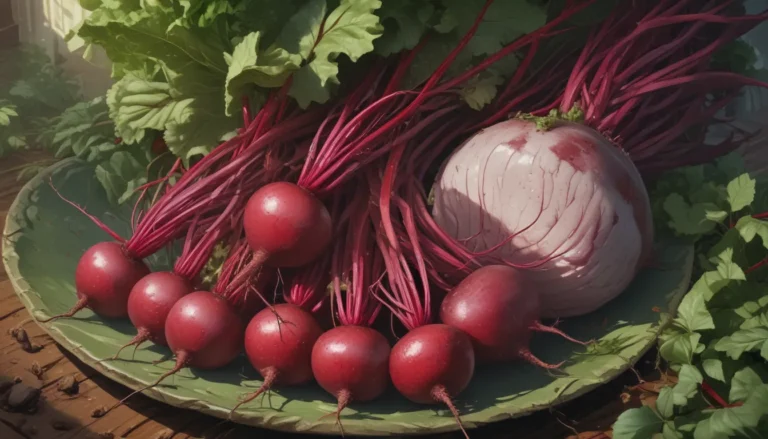Spider Plant Diseases and Solutions

Spider plants are notorious for being easy to care for and relatively disease-free. However, they are not completely immune to issues. In this in-depth guide, we’ll cover five common problems that may affect spider plants and how to address them.
Introduction to Spider Plants
Before diving into the potential diseases and disorders of spider plants, let’s first establish some basic knowledge about these popular houseplants.
Spider plants, scientifically known as Chlorophytum comosum, are a favorite among indoor gardeners due to their air-purifying properties and attractive appearance. They feature long, slender leaves that grow in a rosette pattern, often with variegation in green and white colors.
These plants thrive in bright, indirect light and require regular watering to keep the soil consistently moist, but not waterlogged. Overwatering is a common mistake that can lead to various issues, as we will discuss below.
Common Spider Plant Disorders
Here are the five most common diseases and disorders that can trouble spider plants:
- Leaf Spot
- Root Rot
- Tip Burn
- Wilting
- Yellow, Pale, or Solid Leaves
While spider plants are generally hardy, it’s essential to be aware of these potential problems to maintain the health and vitality of your green companions.
1. Leaf Spot
Leaf spot is a physiological issue that can affect spider plants, often caused by fungal pathogens. Symptoms include brown, black, or yellow spots on the leaves. To address this problem, use a broad-spectrum fungicide such as copper fungicide or Mycostop to combat the infection.
2. Root Rot
Root rot is one of the most common diseases that spider plants can encounter, primarily due to overwatering. It can also be caused by specific pathogens that thrive in wet, soggy conditions. If you suspect root rot, repot your plant with fresh soil after removing the affected roots and ensure you adjust your watering habits to prevent recurrence.
3. Tip Burn
Tip burn, characterized by brown and dry leaf tips, can result from low humidity or excessive sun exposure. Maintaining the right environmental conditions, including proper lighting and humidity levels, can help prevent this issue. Adjusting your care routine based on your plant’s specific needs is crucial for its overall health.
4. Wilting
Wilting leaves can be a sign of various problems, such as root rot, overwatering, underwatering, or too much sun exposure. It’s essential to identify the underlying cause to address the issue effectively. Checking the soil moisture and inspecting the roots can help determine the best course of action to revive your plant.
5. Yellowing, Pale, or Solid Leaves
Changes in leaf color and texture, such as yellowing, paleness, or loss of variegation, can indicate issues with light exposure, water, or nutrient deficiencies. Adjusting your care routine, including fertilization and proper watering, can help restore your plant’s health and vitality.
Conclusion: Keeping Your Spider Plant Healthy
While spider plants are known for their resilience, they may still experience problems if their care requirements are not met. By understanding the common diseases and disorders that can affect these plants and taking proactive measures to address them, you can ensure that your spider plant thrives and remains a vibrant addition to your indoor garden.
Remember, each plant is unique, so observing and responding to your spider plant’s specific needs is key to maintaining its health. With proper care and attention, you can enjoy the beauty of your spider plant for years to come.
If you have any questions or concerns about your spider plant’s health, feel free to share them in the comments below. Happy gardening!





